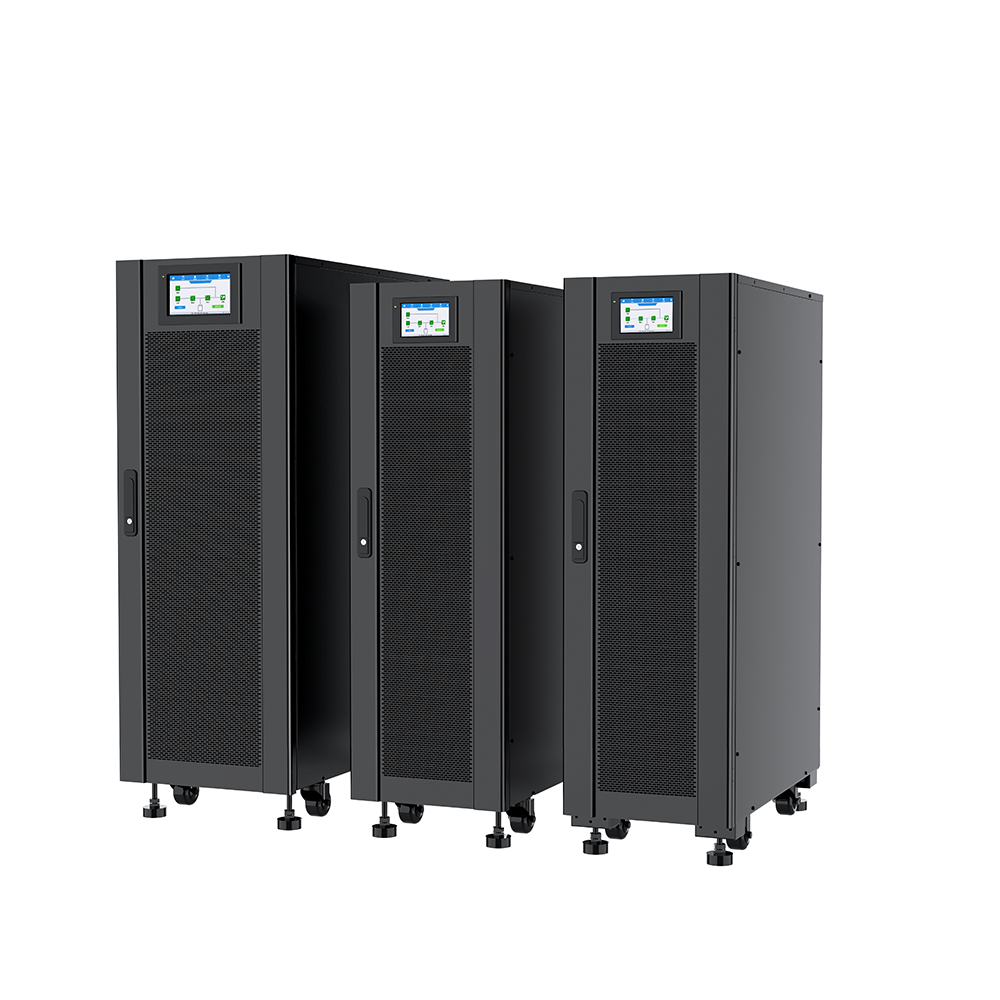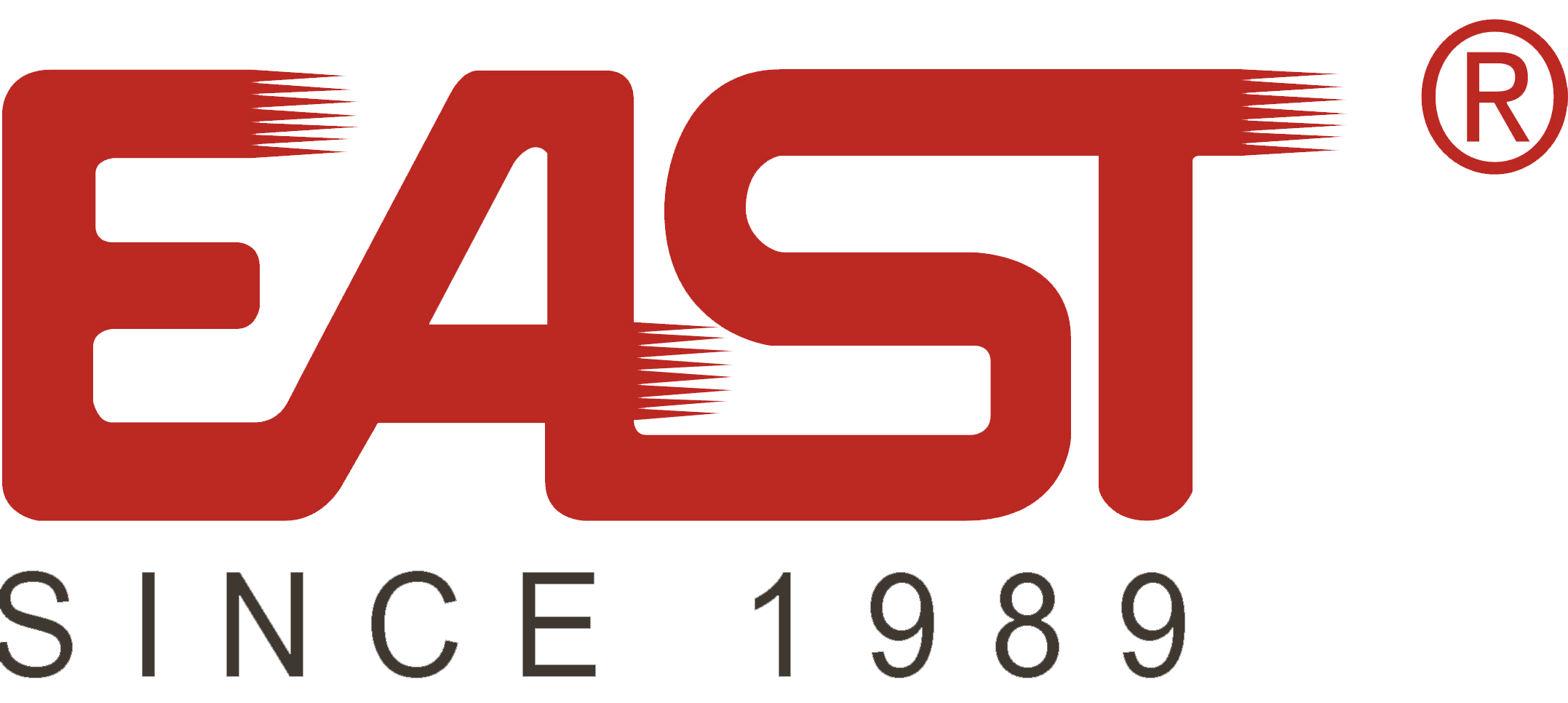Email format error
Email cannot be empty
Email already exists
6-20 characters(letters plus numbers only)
The password is inconsistent
Email format error
Email cannot be empty
Email does not exist
6-20 characters(letters plus numbers only)
The password is inconsistent


Difference Between Online, Offline, and Line Interactive UPS: A Simple Guide
In the world of uninterrupted power supply (UPS) systems, understanding the difference between online, offline, and line interactive UPS is important when choosing the right one for your needs. These three types of UPS systems keep equipment working during power outages. But what makes them different? In this blog post, we will look at the key differences, advantages, and uses of each type to help you decide which is best for you.
What is a UPS?
Before we look at the difference between online, offline, and line interactive UPS, let’s first understand what a UPS is. A UPS is a device that provides backup power when the main power supply fails or has issues. It works by turning stored energy in batteries into power to keep your devices running without stopping.
UPS systems are often used to protect things like computers, servers, and other important equipment from damage caused by power outages or problems like power surges. But not all UPS systems are the same, and choosing the right one depends on your needs.
What are the Different Types of UPS?
There are three main types of UPS systems: Online UPS, Offline UPS, and Line Interactive UPS. Each one works in a different way to protect your equipment and provide backup power during a power failure. Knowing the difference between online, offline, and line interactive UPS will help you decide which one suits your needs best.
1. Offline UPS (Standby UPS)
Offline UPS systems, also called standby UPS, are the simplest and cheapest option. They only provide power when the main power source fails.
How It Works:
In an offline UPS, the system is connected directly to the power supply. When there’s a power failure or big fluctuations, the UPS quickly switches to battery power. The switch can take a moment, so there may be a brief pause in power.
Advantages of Offline UPS:
- Low Cost: Offline UPS systems are the most affordable.
- Simple: They are small and easy to use, perfect for home use or small businesses.
- Easy Maintenance: With fewer parts, there’s less maintenance.
Disadvantages of Offline UPS:
- Limited Protection: It only helps during outages and does not protect well from power surges or dips.
- Shorter Battery Life: The battery in an offline UPS might not last as long as other types.
When to Use an Offline UPS:
Offline UPS systems are best for protecting devices like home computers, small office equipment, or networking gear. They’re not good for things like large servers or medical equipment.
2. Online UPS (Double-Conversion UPS)
An online UPS, also called double-conversion UPS, is the most advanced and expensive type of UPS system. It provides power to your devices all the time by changing incoming AC power into DC power, then back into AC power.
How It Works:
In an online UPS, the power comes from the inverter, which gets energy from the battery. The online UPS constantly changes the AC power from the grid to DC, then back to AC. This keeps the power steady and clean.
Advantages of Online UPS:
- Constant Power: There’s no switch-over time. The UPS always provides power.
- High Protection: It guards against surges, dips, and bad power quality.
- Stable Power: The power is always steady, which is important for sensitive equipment.
Disadvantages of Online UPS:
- High Cost: Online UPS systems are the most expensive.
- Heat: These systems generate a lot of heat, so they need proper ventilation.
- More Energy Use: Since the system is always on, it uses more energy.
When to Use an Online UPS:
An online UPS is best for high-demand, important equipment like servers, data centers, or medical devices. These systems give the highest protection for critical gear.
3. Line Interactive UPS
A line interactive UPS is a middle ground between offline and online UPS systems. It uses a transformer to manage power fluctuations without constantly changing AC and DC power.
How It Works:
In a line interactive UPS, the system uses an automatic voltage regulator (AVR) to adjust the incoming power and keep it steady. When the power goes out, the UPS switches to battery power.
Advantages of Line Interactive UPS:
- Affordable: It costs less than an online UPS but provides better protection than an offline UPS.
- Energy Efficient: It uses less energy than an online UPS.
- Good Voltage Control: The AVR helps manage small voltage changes.
Disadvantages of Line Interactive UPS:
- Limited Protection: It may not handle major power problems as well as an online UPS.
- Slower Battery Switch: The switch to battery power may take a bit longer compared to online UPS systems.
When to Use a Line Interactive UPS:
Line interactive UPS systems are good for home offices, small businesses, or situations where moderate protection is needed for devices like computers, routers, and other equipment. It’s a good option when you want a mix of protection, cost, and energy savings.

Key Differences Between Online, Offline, and Line Interactive UPS
Let’s quickly compare the difference between online, offline, and line interactive UPS:
| Feature | Offline UPS | Line Interactive UPS | Online UPS |
|---|---|---|---|
| Power Conversion | No conversion | Voltage regulation using AVR | Constant AC-DC-AC conversion |
| Transfer Time | Short switch to battery | Instant power during fluctuations | No switch-over time |
| Cost | Low | Moderate | High |
| Protection Level | Basic | Moderate | High |
| Best For | Home/Small Office | Small to Medium Businesses | Data Centers/Servers |
| Battery Life | Shorter | Moderate | Longer |
| Efficiency | High | High | Moderate |

